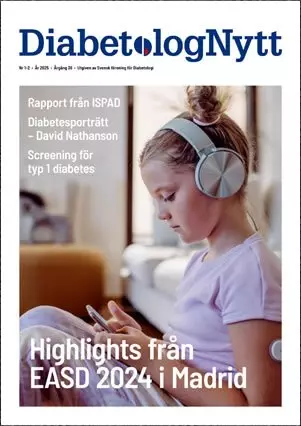|
Researchers from several U.S. institutions have created a ’smart’ nanoparticle for insulin delivery that reacts to changes in blood chemistry and releases the protein when needed for up to 10 days at a time. The team of scientists from North Carolina State University, University of North Carolina at Chapel Hill, MIT and Children’s Hospital Boston developed an injectable mixture of nanoparticles with a solid core of insulin, modified dextran and glucose oxidase enzymes that, when exposed to high levels of blood sugar, break down and release their payload to keep glucose levels under control, according to a release from NC State. The triggered release works because the tiny nanoparticles stick together in what is known as a ”nano-network” via opposite charges when blood sugar levels are normal. When those levels rise, though, the charges are dispersed, the network broken and insulin released. These charges come from the coatings of each individual particle–chitosan, a material found in shrimp shells, forms a positive charge, and alginate, a material found in seaweed, forms a negative charge. The opposite charges then form clusters that keep the network intact until needed. ”This technology effectively creates a ’closed-loop’ system that mimics the activity of the pancreas in a healthy person, releasing insulin in response to glucose level changes,” said lead author Zhen Gu in a statement. ”This has the potential to improve the health and quality of life of diabetes patients.” The nanoparticles were able to maintain normal blood sugar levels for up to 10 days in animal trials, according to the study published in ACS Nano, and Gu and his team, which includes MIT’s professor and entrepreneur Robert Langer, are in discussions to begin human clinical trials. A few years ago, Merck ($MRK) bought out MIT-based SmartCells, which originated the concept of ’smart’ insulin. The deal included $500 million upfront and potential milestone payments. Läs mer på http://www.fiercedrugdelivery.com/press-releases/injectable-nano-network-controls-blood-sugar-diabetics-days-time?utm_medium=nl&utm_source=internal Abstract ”Injectable Nano-Network for Glucose-Mediated Insulin Delivery” Authors: Zhen Gu, North Carolina State University and the University of North Carolina at Chapel Hill; Alex Aimetti, Yunlong Zhang, Omid Veiseh, Robert Langer and Daniel G. Anderson, MIT and Children’s Hospital Boston; Qun Wang, Tram T. Dang and Hao Cheng, MIT Published: May 2, ACS Nano Diabetes mellitus, a disorder of glucose regulation, is a global burden affecting 366 million people across the world. An artificial ”closed-loop” system able to mimic pancreas activity and release insulin in response to glucose level changes has the potential to improve patient compliance and health. Herein we develop a glucose-mediated release strategy for the self-regulated delivery of insulin using injectable and acid-degradable polymeric network. Formed by electrostatic interaction between oppositely charged dextran nanoparticles loaded with insulin and glucose-specific enzymes, the nanocomposite-based porous architecture can be dissociated and subsequently release insulin in a hyperglycemic state through the catalytic conversion of glucose into gluconic acid. In vitro insulin release can be modulated in a pulsatile profile in response to glucose concentrations. In vivo studies validated that these formulations provided for improved glucose control in Type 1 diabetic mice subcutaneously administered with a degradable nano-network. A single injection of the developed nano-network facilitated stabilization of the blood glucose levels in the normoglycemic state (< 200 mg/dL) for up to at least 10 days. Nyhetsinfo
www red DiabetologNytt
|





